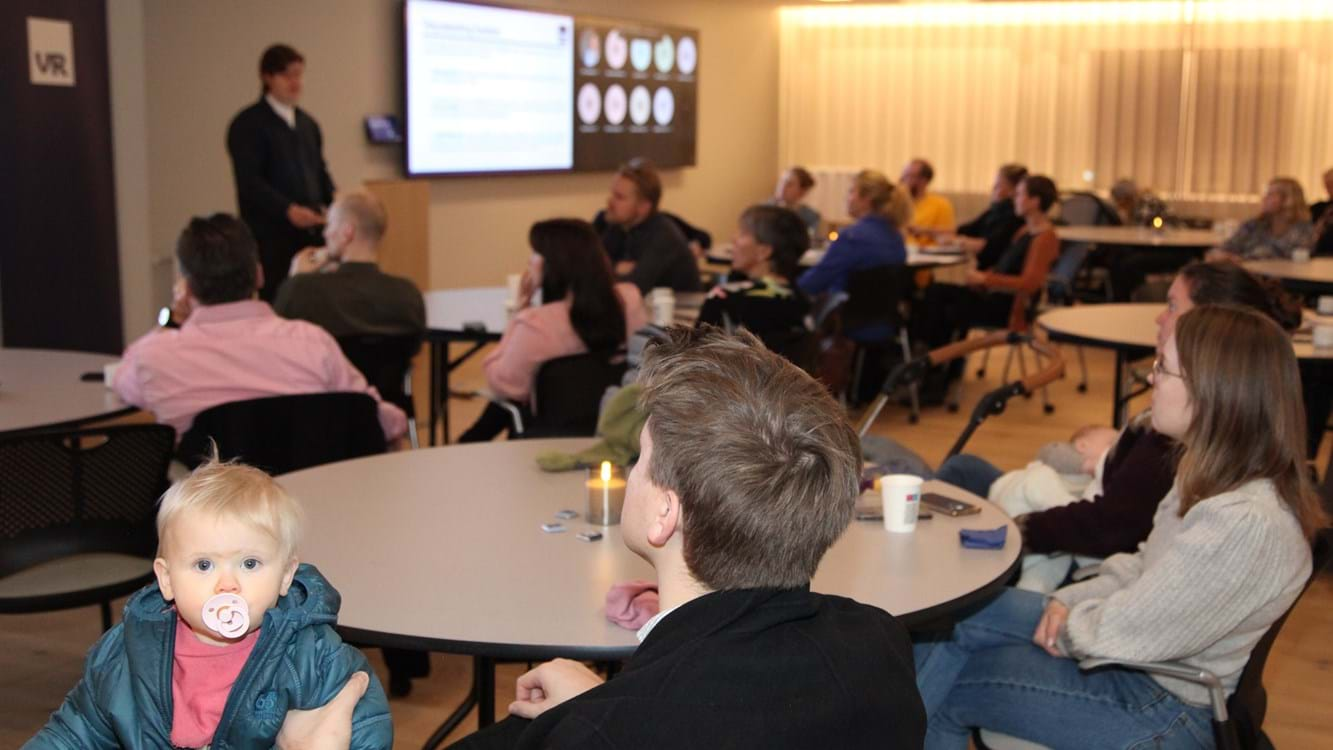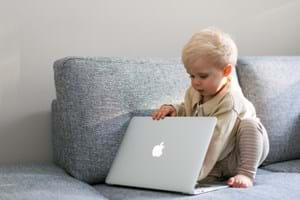News - 23.11.2023
The loss of income for parents can run into the millions
The loss of income for parents of young children due to maternity leave and childcare gaps easily runs into the millions according to a new analysis by VR, which was presented at a large breakfast meeting today, Thursday, November 23. The meeting focused on the situation of parents of young children and the interaction between preschools and the labor market.
During maternity leave, parents receive 80% of their salary, a maximum of ISK 600,000 before tax.Individuals with a monthly salary of more than 750 thousand ISK receive less than 80% of that amount in maternity leave. According to a recent VR salary survey, more than half of all VR members belong to this group, while the median total salary of VR members is 768 thousand ISK before tax. Victor Karl Magnússon, an expert at VR, presented VR‘s analysis of the situation at the meeting this morning.
A VR member with this salary gets paid around 530 thousand ISK after taxes, while on maternity leave the amount is around 430 thousand ISK. Couples who both have incomes equal to the median total salary of VR members will thus suffer a combined loss of income of 1.2 million ISK, however they choose to divide a 12 months maternity leave between them. It is similar in the case if the childcare gap, which is the time that elapses between the end of maternity leave and the time a child gets into preschool. Based on the same example, and a 5.5-month care gap, it corresponds to a loss of income of around 1.4 million ISK.
In addition to Victor Karl, Sunna Símonardóttir, postdoctoral researcher in sociology at the University of Iceland, and Kristín Heba Gísladóttir, director of Varða - The Labor Market Research Institute, gave talks.
Sunna discussed a study in which coverage of preschool issues and home payments was analyzed in the media between 2020 and 2023. Home payments are low fixed payments to parents intended to bridge the childcare gap. The care gap in Iceland is mostly bridged by mothers who extend their leave and reduce their work after it. The decline of the daycare system, mold in school buildings and various other "preschool problems" and media coverage related to this issue led to the creation of an environment for the discussion of take home payments. Home payments or childcare payments have historically been criticized for working against gender equality and further promoting the so-called breadwinner model, where mothers stay at home to care for their children. Foreign studies have shown that mothers with low incomes and low levels of education are the group that receives such payments. Sunna said it is important to be aware of the rhetoric that appears in connection with kindergarten issues.
Kristín Heba discussed the results of a new study that aims to map the position of wage earners when it comes to balancing family and professional life. According to the study, a higher percentage of women than men take their children to work with them due to holidays and working days in schools, or 36% against 23% of men. A higher percentage of women work at home and take care of a child at the same time, and a higher percentage of women than men take unpaid leave from work and receive help from relatives and friends. The study is part of a larger research project by Varða, which is still ongoing. The results of the first part of the study will be published next week.
A lively panel discussion followed the presentations, with the participation of Arnar Þór Sævarsson, executive director of The Icelandic Association of Local Authorities, Arnaldur Grétarsson, father, Maj-Britt Hjördís Briem, lawyer at The Icelandic Confederation of Employers and Sigurður Sigurjónsson, chairman of The Association of Headteachers in Preschools.
It is clear from the discussions at the meeting that the issues of preschools in Iceland affect the entire labor market and it is extremely important that there is a welfare system in place that works for parents and employees. VR will continue this discussion.


